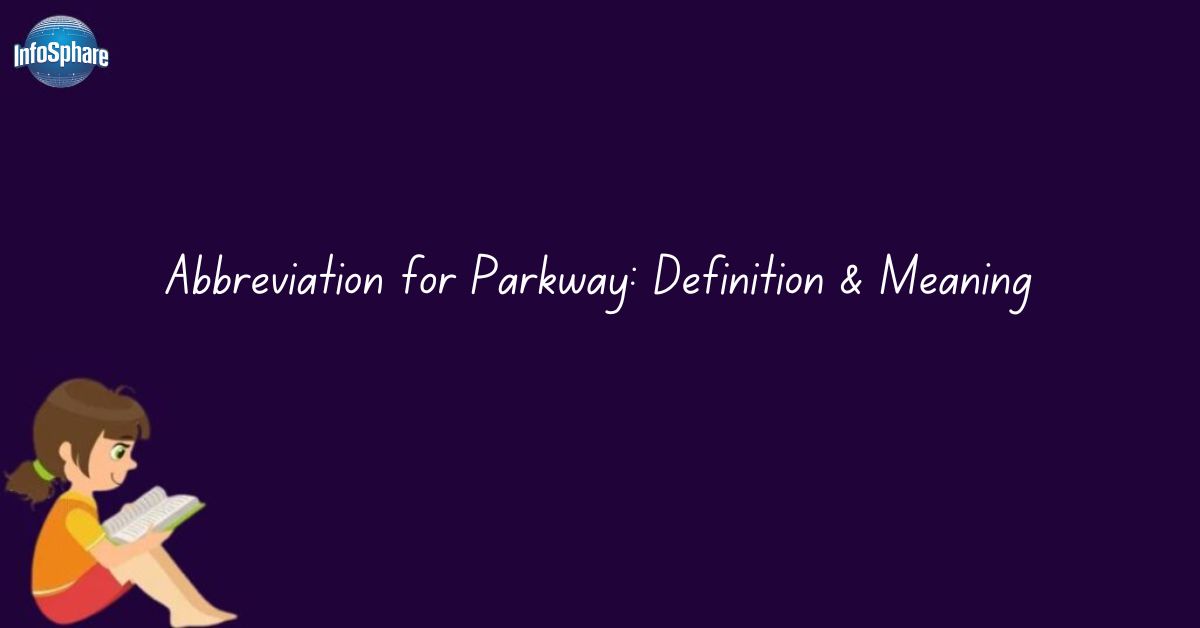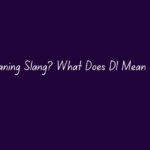The abbreviation for Parkway is Pkwy. It is a shortened version of the word Parkway used to make street names and addresses more concise. This abbreviation is often seen on signs and in written directions.
Have you ever wondered why street names are shortened? Pkwy saves space and makes addresses easier to read. It’s a simple yet important part of everyday communication.
The abbreviation Pkwy is commonly used in maps, postal addresses, and street signs. It makes the word Parkway shorter while keeping its meaning clear. This helps people navigate more efficiently.
What is the abbreviation for Parkway
The abbreviation for Parkway is Pkwy. This is a shorter way to write Parkway, and it makes things easier when space is limited, like on street signs or in addresses. You might see Pkwy on maps or when giving directions.
People use Pkwy because it helps save space and makes reading faster. For example, instead of writing Parkway, it’s quicker to write Pkwy. This small change helps in many places, like on signs, forms, and even letters.
Using Pkwy is very common, especially in cities. It’s a helpful abbreviation that keeps things neat and clear. So, next time you see Pkwy on a street sign, you’ll know it stands for Parkway.
What Does Parkway Mean?
A Parkway is more than just a road—it’s a term that carries a piece of history. These roads were originally designed to be wide and beautiful, with lots of green spaces, trees, and nature along the way. The idea behind parkways was to make the journey just as enjoyable as the destination. They weren’t just roads to get from one place to another; they were meant to offer a relaxing and scenic experience.
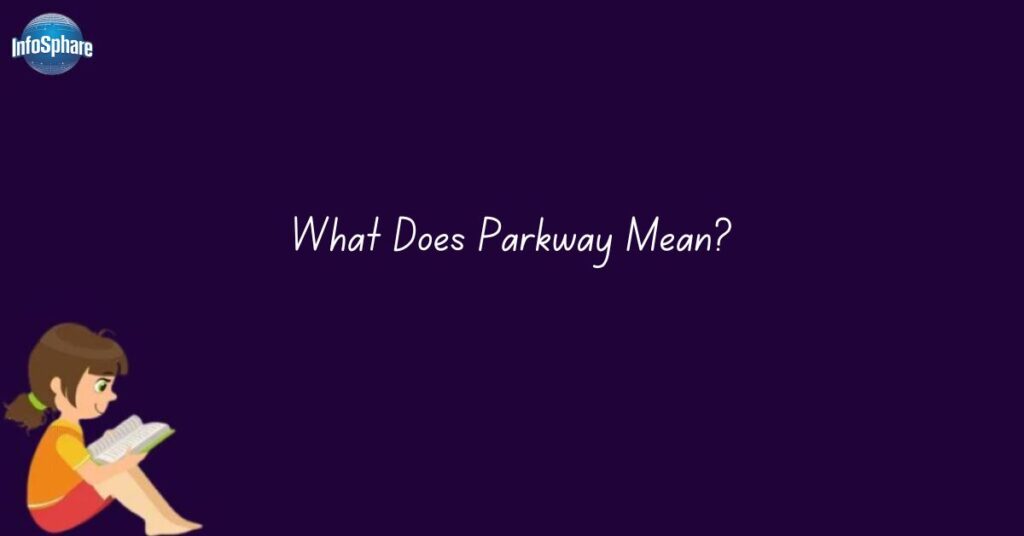
The word “Parkway” comes from the combination of “park” and “way.” It was meant to show that these roads were built to take travelers through beautiful natural areas. One famous example of a parkway is the Blue Ridge Parkway in the United States. This road winds through the Appalachian Highlands, offering breathtaking views of the mountains and surrounding nature, making the drive truly special.
Though not every parkway today is lined with trees and greenery, the spirit of the parkway still lives on. Many parkways today continue to provide scenic drives that help people connect with nature while traveling. These roads still offer a leisurely, enjoyable experience, making the journey more pleasant, even if the landscapes aren’t as lush as they once were.
The Abbreviation for Parkway
Now, let’s look at the abbreviation “Pkwy.” You’ve probably seen it on street signs or in directions, but it’s not always clear why we use “Pkwy” instead of just writing out “Parkway.” The abbreviation was likely created for convenience. It helped to fit longer street names onto smaller signs or made postal addresses more compact.
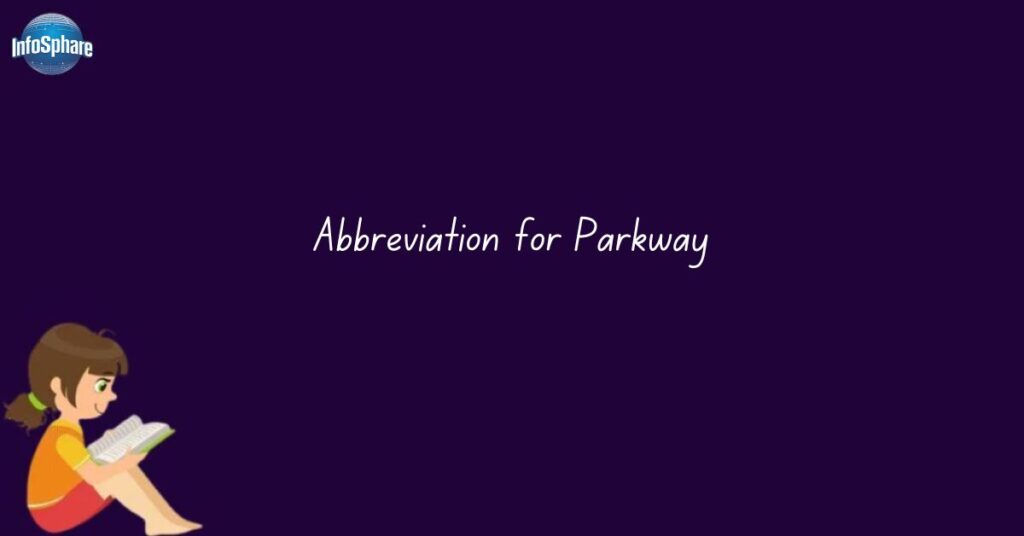
Using “Pkwy” makes it easier for drivers to quickly spot road names, especially when they’re on the move. It’s a practical example of how language adjusts to meet the needs of daily life. The abbreviation isn’t just about making things shorter—it’s about keeping information clear and accessible.
Though “Pkwy” is the most widely used abbreviation, not all areas follow the same pattern. Some places might use “Park” or even “PKWY” as shorthand, instead of “Pkwy.” Despite these variations, “Pkwy” remains the most commonly recognized abbreviation for Parkway.
Why Does “Pkwy” Matter?
The abbreviation “Pkwy” matters because it helps make things simpler and faster. When you see it on a sign, you can quickly recognize it’s a Parkway without needing to read a longer word. This small change makes navigation easier, especially in busy areas.
Using Pkwy on street signs or addresses saves space and keeps things neat. Streets often have long names, and short abbreviations like this help fit them on signs. It’s especially helpful when there are many streets with similar names, making it easier to find your way.
Also, using Pkwy is a practical way to keep directions clear. Think about how many signs there are on highways or city streets—shortening names helps people read them fast and stay focused on the road. This small abbreviation helps everyone, from drivers to delivery people, get to their destinations without confusion.
In some places, “Pkwy” is more common, while in others, they might use different abbreviations. However, no matter where you are, the abbreviation helps make traveling and navigating a lot easier. So, Pkwy matters because it makes life simpler and helps people get where they need to go.
The Cultural Significance of Parkways
Parkways are more than just roads; they hold a special place in history and culture. When parkways were first built, they were designed to offer scenic drives through beautiful natural landscapes. The idea was that traveling along these roads should be an enjoyable experience, not just a way to get from one place to another. This cultural idea of “scenic beauty” in transportation is still important today.
Over time, parkways became symbols of leisure and freedom. They weren’t just practical—they represented a new way of enjoying the outdoors. Families would take road trips along parkways, appreciating the views and relaxing as they traveled. This has shaped how many people view driving: not just as a task, but as an enjoyable, peaceful activity.
In many regions, parkways are still tied to the local identity. They serve as landmarks, often connected to important national parks or historical sites. For example, in the United States, roads like the Blue Ridge Parkway are famous not just for their beauty but also for their place in American history. They remind people of the country’s natural wonders and encourage exploration.
Today, even though many parkways are more modern, they still carry this cultural significance. Whether it’s a trip to a national park or just a scenic drive, parkways continue to offer people a chance to connect with nature and take a break from the fast-paced world. They remain an important part of how we see and experience travel.
Parkway vs. Acronym: What’s the Difference?
The term “Parkway” and “acronym” might sound similar, but they have distinct meanings and uses. A parkway is a type of road, originally designed to offer scenic drives through natural landscapes. It’s a noun that refers to a specific kind of road or highway. For example, the Blue Ridge Parkway is a famous scenic road in the U.S. It’s a place where you can enjoy the journey as much as the destination.
An acronym, on the other hand, is a word formed by taking the first letters of a series of words. For example, NASA stands for National Aeronautics and Space Administration. Acronyms are used to shorten longer phrases for ease and efficiency, especially when they are frequently used.
The difference lies in their purpose: Parkway is a physical term that refers to a type of road, while an acronym is a shorthand or abbreviation that helps make long terms easier to use. For example, the abbreviation Pkwy for Parkway is an acronym, but “Parkway” itself is not one.
Parkways are specific types of roads, while acronyms are shortcuts that turn long phrases into brief, easy-to-use terms. Both help in communication, but they serve different roles.
A Practical Shortcut for Everyday Use
The abbreviation “Pkwy” is a practical shortcut used every day, especially when you’re navigating streets or reading road signs. It makes it easier and faster to display street names without taking up too much space. This is especially helpful in busy urban areas where street signs need to be clear and concise.
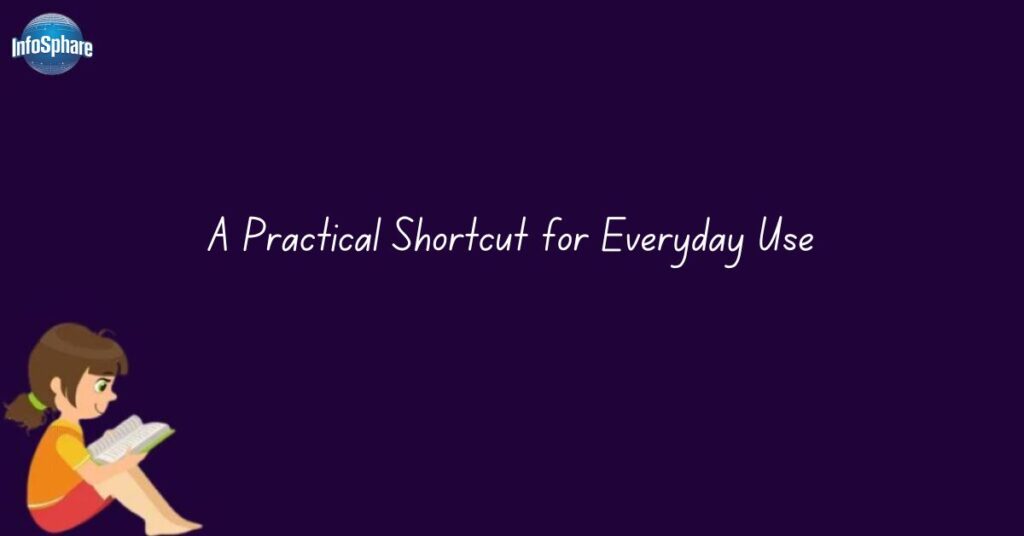
By using “Pkwy” instead of writing out the full word “Parkway,” cities and towns can fit more information on smaller signs and make directions simpler. It’s a small change, but it plays a big role in making our daily commutes smoother.
This shorthand isn’t just about saving space on signs; it also helps in postal addresses. For example, rather than writing “123 Parkview Parkway,” you could just write “123 Parkview Pkwy,” saving time and reducing clutter in written directions or mail.
In everyday life, shortcuts like “Pkwy” are everywhere. They make it easier to understand directions, navigate, and even send mail with fewer words. It’s a great example of how language adapts to meet our needs.
Also Read this: CNC Meaning: Internet Urban Slang
Why Is “Pkwy” Used?
The abbreviation “Pkwy” is used mainly for convenience and efficiency. When writing or displaying street names, especially on signs, it helps save space while still being clear to drivers and postal services. Using “Pkwy” instead of “Parkway” allows road signs to be more compact, making them easier to read quickly while driving.
It also helps in situations like mail addresses or city maps. With limited space, using “Pkwy” helps make the address or directions shorter and more manageable. This is particularly useful in busy areas where there are many streets to label.
Another reason for using “Pkwy” is to ensure consistency across signage and written information. It provides a standard shorthand that is widely recognized and understood, making it easier for people to follow directions no matter where they are.
Ultimately, “Pkwy” is a practical tool that helps make the flow of information quicker, clearer, and more organized, which is especially important when you’re on the go.
Cultural and Historical Notes: The Origins of the Parkway
The concept of the parkway goes back to the early 19th century in the United States. Originally, parkways were designed as wide, scenic roads meant for leisurely drives. These roads weren’t just about getting from one place to another, but about enjoying the journey itself. They were often lined with trees, gardens, and other natural beauty, making them a relaxing escape from the hustle and bustle of daily life.
The term “parkway” comes from the idea of a “park” being a green, open space, and “way” meaning a road or path. In the beginning, parkways were carefully designed to blend with the landscape, creating a peaceful experience for travelers. They became especially popular in areas near large cities, where people could go on short trips to enjoy nature.
One of the most famous early parkways is the Blue Ridge Parkway, which runs through the Appalachian Mountains in the U.S. This road is known for its stunning views and natural beauty, offering a perfect example of the original idea of parkways as scenic roads. The Blue Ridge Parkway was built with the idea of connecting people to nature while still providing a safe and easy way to travel.
Over time, the idea of the parkway spread across the U.S., with many cities and regions adopting the concept. While modern parkways may not have as much greenery as they did in the past, the legacy of the parkway still lives on. Today, these roads remain a symbol of peaceful travel and a connection to nature, even if they’re now used for quicker transportation.
How to Pronounce Abbreviation for Parkway
The abbreviation for parkway, “Pkwy,” is pronounced as “Pee-Kay-Wai.”
It breaks down like this:
- “P” sounds like the letter “P.”
- “K” is pronounced like the letter “K.”
- “W” sounds like “Wai,” similar to saying “why.”
So, when saying “Pkwy,” just say each letter in the abbreviation clearly, ending with “Wai.”
When to Use the Abbreviation for Parkway
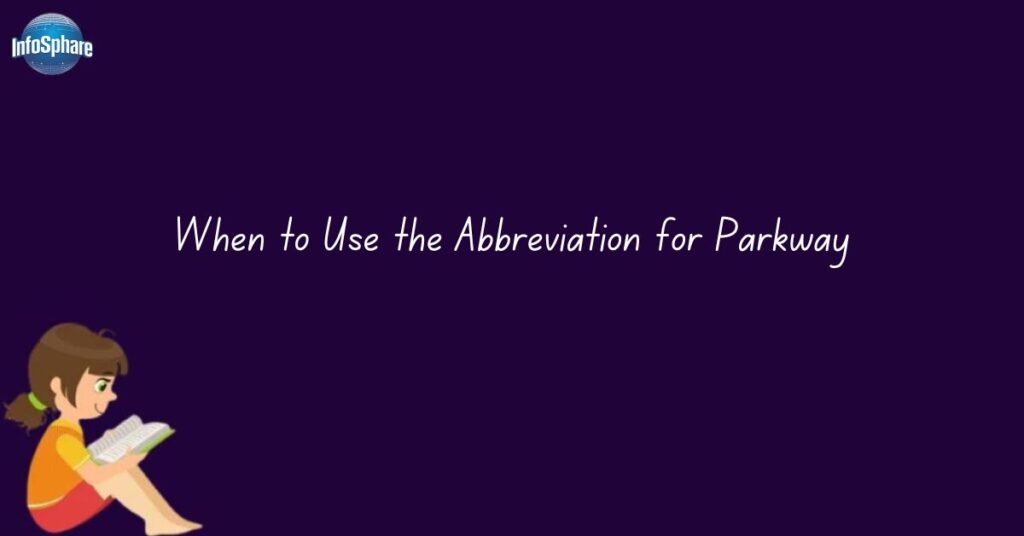
The abbreviation “Pkwy” is commonly used when you need to shorten the word “Parkway” for convenience, especially on street signs, addresses, or maps. It’s a simple way to save space and make things easier to read.
You might see “Pkwy” used in places where space is limited, such as on road signs, official documents, or directions. It’s particularly helpful when writing street names in small fonts or fitting them into tight spaces.
It’s also used in postal addresses to ensure that the street name fits into the format required. For example, you might see an address written as “123 Elmwood Parkway” rather than “123 Elmwood Parkway.”
However, it’s important to note that “Pkwy” is informal and should not be used in more formal writing, such as academic papers or professional documents.
Other Examples of Abbreviation for Parkway and Streets
In addition to “Pkwy” for “Parkway,” there are other common abbreviations used for streets to make them easier to write and fit into limited space. Here are some examples:
- St. – Abbreviation for “Street”. You’ll see this in addresses like “123 Main St.”
- Ave. – Short for “Avenue.” For example, “456 Elm Ave.”
- Rd. – This stands for “Road.” An example is “789 Oak Rd.”
- Blvd. – Abbreviation for “Boulevard.” You might find addresses like “101 Sunset Blvd.”
- Ln. – Short for “Lane.” For instance, “123 Pine Ln.”
These abbreviations help simplify addresses, especially in places where space is limited, such as maps, signs, or postal forms. Each abbreviation makes it easier to communicate locations quickly and clearly.
Synonyms for Parkway
Here are some synonyms for “Parkway” that might be used depending on the context:
- Avenue – Often used to describe a wide, tree-lined road.
- Boulevard – A large, wide street with landscaping or greenery, similar to a parkway.
- Drive – A road, often scenic, that may pass through residential areas or natural landscapes.
- Road – A general term for any path or route, though it may not always be as scenic as a parkway.
- Route – A way or course to travel, including scenic routes or highways.
Each of these words carries a slightly different meaning, but they all can describe streets or paths that might offer a similar experience to a parkway depending on how they are used.
Antonym for Parkway
Here are a few antonyms for “Parkway”, focusing on roads or routes that are less scenic or designed for different purposes:
- Alley – A narrow, often less developed road typically located behind buildings or in urban areas.
- Expressway – A high-speed road designed for quick travel, often without the scenic or landscaped qualities of a parkway.
- Freeway – A large, multi-lane highway with little or no landscaping, built for fast traffic and usually lacking the scenic beauty of a parkway.
- Street – A general road in a city or town, usually not landscaped and often more urbanized.
- Highway – A main road, typically for long-distance travel, that may not have the natural beauty or aesthetics associated with a parkway.
These roads are typically more utilitarian, designed for transportation efficiency rather than scenic enjoyment.
The History of the Word Abbreviation for Parkway
The history of the abbreviation for Parkway, specifically “Pkwy”, is closely tied to the evolution of road design and the need for more efficient communication. Originally, parkways were long, scenic roads designed to enhance travel by showcasing nature and offering drivers a leisurely journey. As these roads became common in the early 20th century, especially in the United States, the term “parkway” emerged to describe these scenic routes.
Over time, as cities expanded and road systems grew more complex, there was a need to shorten the names of streets, especially when space was limited on signs or postal addresses. This led to the development of abbreviations for common road names, and “Pkwy” became the widely accepted shorthand for “Parkway.” The abbreviation helped fit longer road names onto signs and made it easier for drivers to read and navigate.
The abbreviation “Pkwy” is practical and efficient, reflecting how language adapts to the demands of modern life. It allowed for quick identification of parkways while reducing clutter on road signs. Today, “Pkwy” is recognized across many places, though some regions may use variations like “PKWY” or simply “Park”.
While the “Pkwy” abbreviation has a practical origin, it also reflects the cultural importance of the parkway as a road type. These scenic routes symbolize a connection between travel and nature, so even as the abbreviation made its way into everyday use, the parkway’s historical roots continue to influence its recognition and meaning.
Example of the Word and Abbreviation for Parkway
Here are a few examples of how “Parkway” and its abbreviation “Pkwy” can be used in sentences:
- Full word example:
“We took a beautiful drive along the Parkway to enjoy the autumn foliage.” - Abbreviation example:
“The address on the invitation said to meet at 45 Pkwy Road.” - Full word example:
“The Parkway stretches for miles, offering scenic views of the countryside.” - Abbreviation example:
“Turn right onto Oakwood Pkwy, and you’ll see the park entrance ahead.”
In these examples, the full word “Parkway” is used in more formal or descriptive contexts, while the abbreviation “Pkwy” is commonly used in addresses, signage, or when brevity is needed.
Abbreviation For Parkway In USA
In the USA, the common abbreviation for Parkway is “Pkwy.” This shorthand is widely used on street signs, addresses, and in directions to save space and make it easier to read. It’s the most recognized abbreviation for Parkway across the country, even though some areas might use variations like “PKWY”. The abbreviation helps keep road names clear and concise, especially on signs and maps.
Final Thoughts
In conclusion, the abbreviation for parkway “Pkwy” for “Parkway” is a practical and common shorthand used to make road names easier to read and understand. It’s widely used in addresses, street signs, and everyday directions. While the full word “Parkway” refers to roads designed for scenic drives, “Pkwy” is just a quicker way to write it.
Although the abbreviation is not always used everywhere, it remains the most popular form. Whether you’re traveling or addressing letters, understanding when and how to use “Pkwy” can make communication clearer and faster. It’s a simple, efficient part of our language that helps us navigate life with ease.
Frequently Asked Questions
What is the abbreviation for parkway?
The abbreviation for parkway is “Pkwy.” It is used to make road names shorter and easier to read.
How do you abbreviate parkway?
You abbreviate parkway by using “Pkwy.” This is the most common way to shorten the word.
What is the parkway abbreviation?
The parkway abbreviation is “Pkwy.” It helps save space on street signs and in addresses.
How to abbreviate parkway?
To abbreviate parkway, you use “Pkwy.” This is the standard abbreviation used across many places.
Why do we use the abbreviation for parkway?
We use the abbreviation for parkway, “Pkwy,” to make road names shorter and easier to fit on signs.
Must Read these magical slangs:
- What is the HYB Meaning in Text and Why It’s So Popular?
- NMMS Meaning in Text: Quick Guide with Examples

Welcome! I’m glad you’re here. My name is Thomas, and this blog is dedicated to English Grammar and more.
I started this blog to share my Grammar site, and it has evolved into a resource where I provide easy and practical tips to help you for better Grammar.
